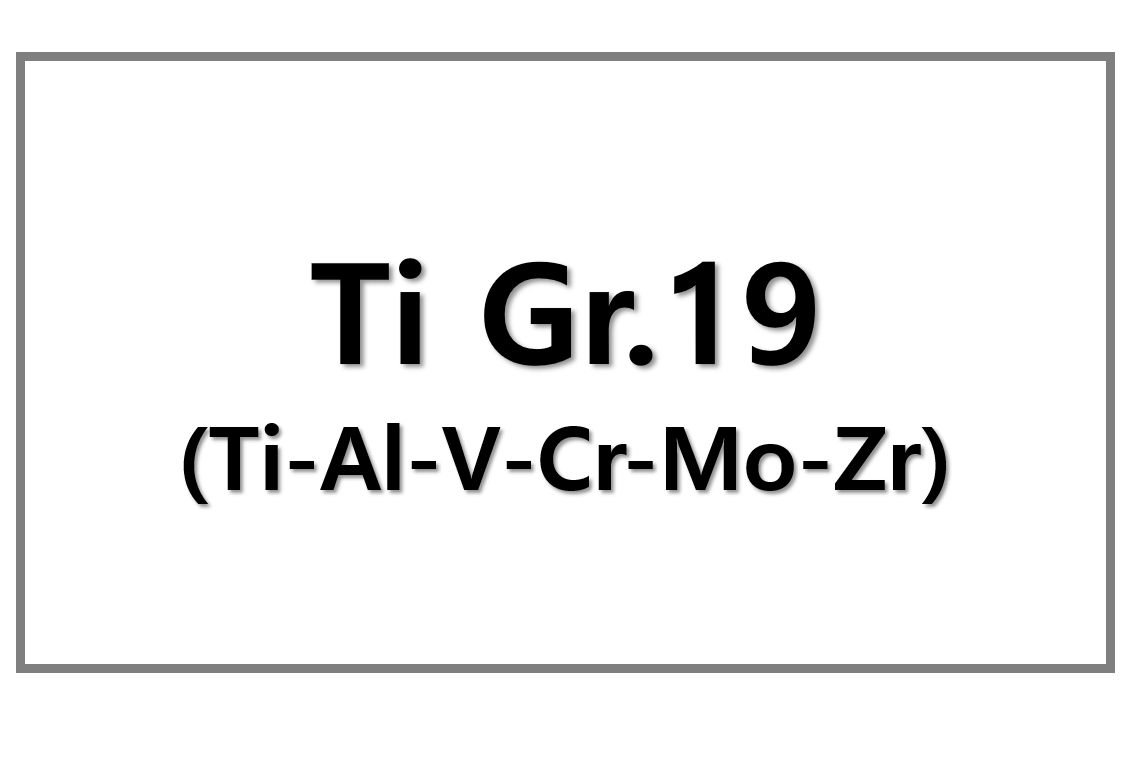
Funding Innovation in Domestic Critical Materials Recovery
The U.S. Department of Energy (DOE) has allocated up to $17 million to fund 14 projects. These projects aim to strengthen the U.S. supply chain for critical materials used in electric vehicles (EVs), hydrogen fuel cells, and batteries. The goal is to reduce reliance on foreign materials by promoting sustainable extraction and recycling methods for rare earth elements (REEs) and other critical materials. The DOE will fund projects in 11 states, focusing on innovative material recovery and sustainable manufacturing.
Projects Focus on Rare Earth Element Recovery and Recycling
Some projects focus on increasing the recovery of REEs from electronic waste and scrap. Texas A&M University received $1.28 million to develop a new method for recovering neodymium, praseodymium, and dysprosium from electronic scrap. This method uses graphene-based porous membranes to improve efficiency and reduce environmental impact. Infinite Elements in Texas received $1.5 million for a project that combines bioleaching and peptide design.
Magnet and Clean Energy Technology Innovations
The DOE is funding innovations to reduce the demand for critical materials in energy technologies. The University of Texas at Arlington received $1 million to scale up production of magnets, substituting rare earth elements with more abundant materials like cerium. Niron Magnetics, based in Minneapolis, received $2.7 million for developing permanent magnets that don’t rely on rare earth elements. This could transform the market by reducing the environmental and economic costs of sourcing critical materials.
Improving Efficiency in Manufacturing and Processing
Other projects focus on improving manufacturing processes for critical material extraction and processing. Free Form Fibers received $926,000 to develop laser-driven chemical vapor deposition (LCVD) technology. This method will improve silicon carbide production, key for semiconductors. Virginia Polytechnic Institute received $1 million for solvent extraction technology to recover critical materials from acid mine drainage. This method uses waste streams from mining, reducing costs and environmental impacts.
Reducing Material Demand for Clean Energy Technologies
In addition, the DOE is funding projects aimed at reducing material use in clean energy applications, thereby promoting greater efficiency and sustainability. Celadyne Technologies received $1 million to develop a catalyst that reduces the need for platinum, iridium, and fluorine in hydrogen fuel cells by 92%. COnovate, based in Wisconsin, is developing a new anode material, eCOphite, to replace graphite in lithium-ion batteries. This could improve energy density, charging times, and safety while reducing graphite demand.
These projects support the DOE’s efforts to advance clean energy technologies and reduce environmental and economic impacts.











Leave a Reply
You must be logged in to post a comment.